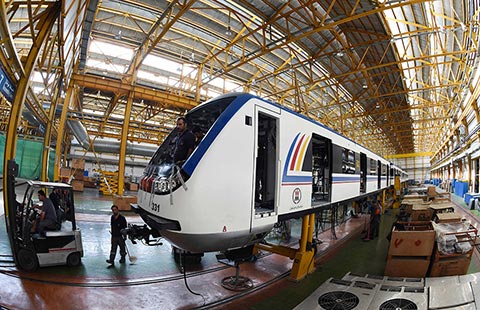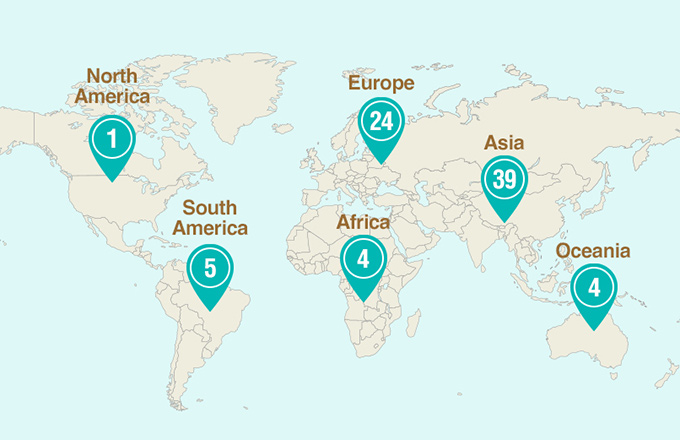Int'l firms adapt to China's changing retail landscape
Carrefour announced on March 18 it had opened its first hypermarket in the Inner Mongolia autonomous region, improving its presence in lower-tier cities. Carrefour currently has 220 stores in more than 60 cities across China.
In 2012, Germany's Metro Group opened 12 stores, three to four times its original annual growth rate. The stores are mostly located in second- and third-tier cities, including Zhongshan and Shunde in Guangdong province.
Du Hongyan, a retail analyst at CIConsulting, said in a research note last week that China's retail sector is experiencing transformation, which forces business players to adjust their strategies.
Foreign retailers in China gained a competitive edge with their advanced management and technology, as well as preferential treatment in land use and taxation in past decades.
But rising costs in recent years, especially in first- and second-tier cities, are putting a great deal of pressure on foreign retail giants in China, in addition to the growing impact of e-commerce, Du said.
Sales channels are no longer the key factor for profitability and competitiveness as a result of the impact of e-commerce. Community stores, and shopping centers with outstanding services and facilities, as well as e-commerce are proving more popular than large shopping malls, Du added.
Shin Kong Place, which topped sales among department stores in 2011, achieved total sales revenue of 7.3 billion yuan ($1.19 billion) in 2012, up 12.3 percent year-on-year. In comparison, it experienced rapid sales growth from 2009 to 2011 at an average annual rate of 30 percent.
Another retail giant, Guangzhou Grandbuy, saw negative net profit growth for the first time since it was publicly listed in 2007, and its annual operating revenue grew just 2.3 percent year-on-year to 7.35 billion yuan in 2012, while in 2010, it grew by more than 20 percent, according to the annual financial report of the Shenzhen-listed company.
Du added that cities in central and western regions will have more potential in expanding consumption while e-commerce will continue denting offline store sales, with its impact spreading from first and second-tier cities to smaller ones.
Online sales surged to 8 trillion yuan in 2012, an increase of 31.7 percent year-on-year, according to the ministry.























